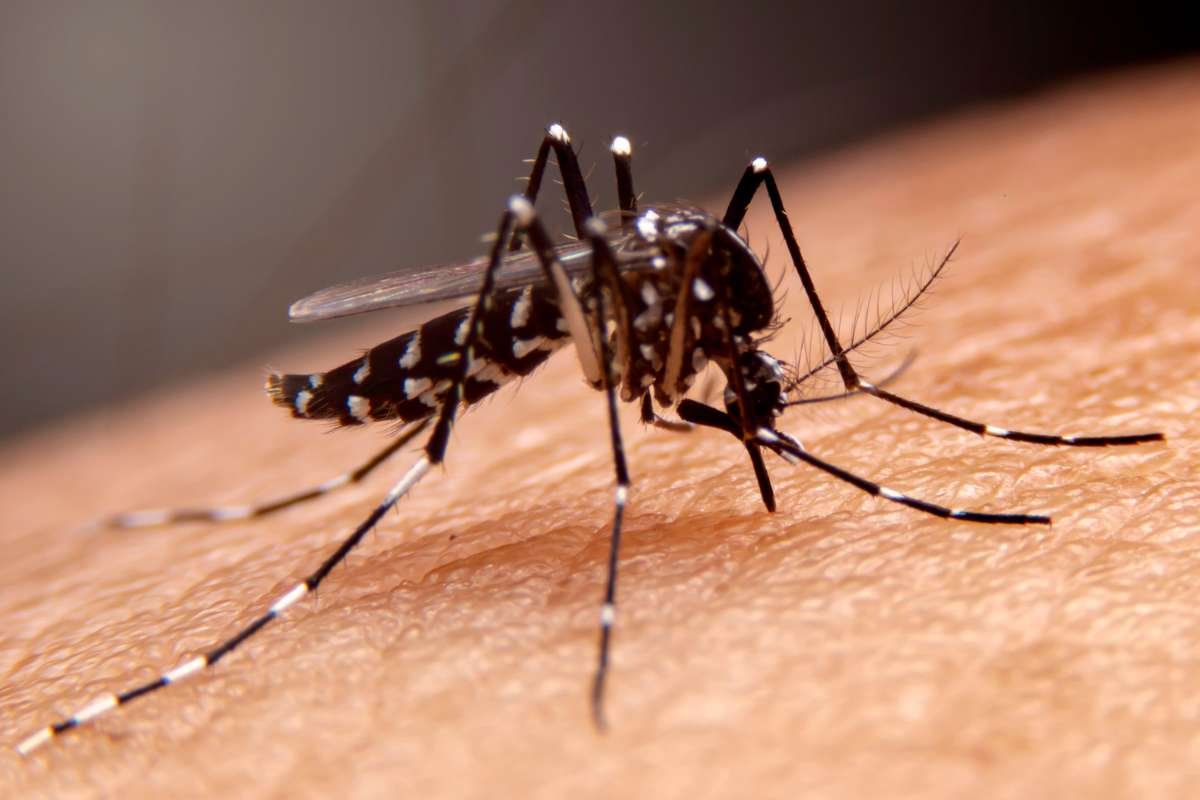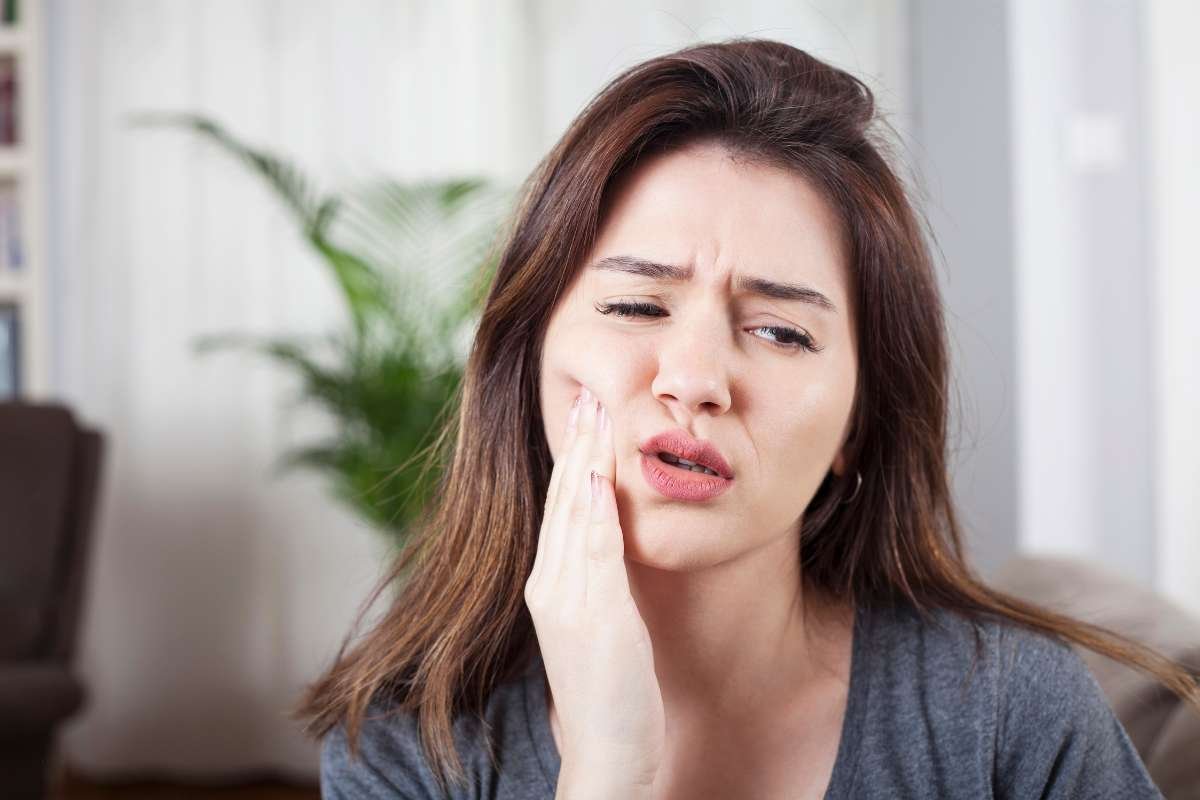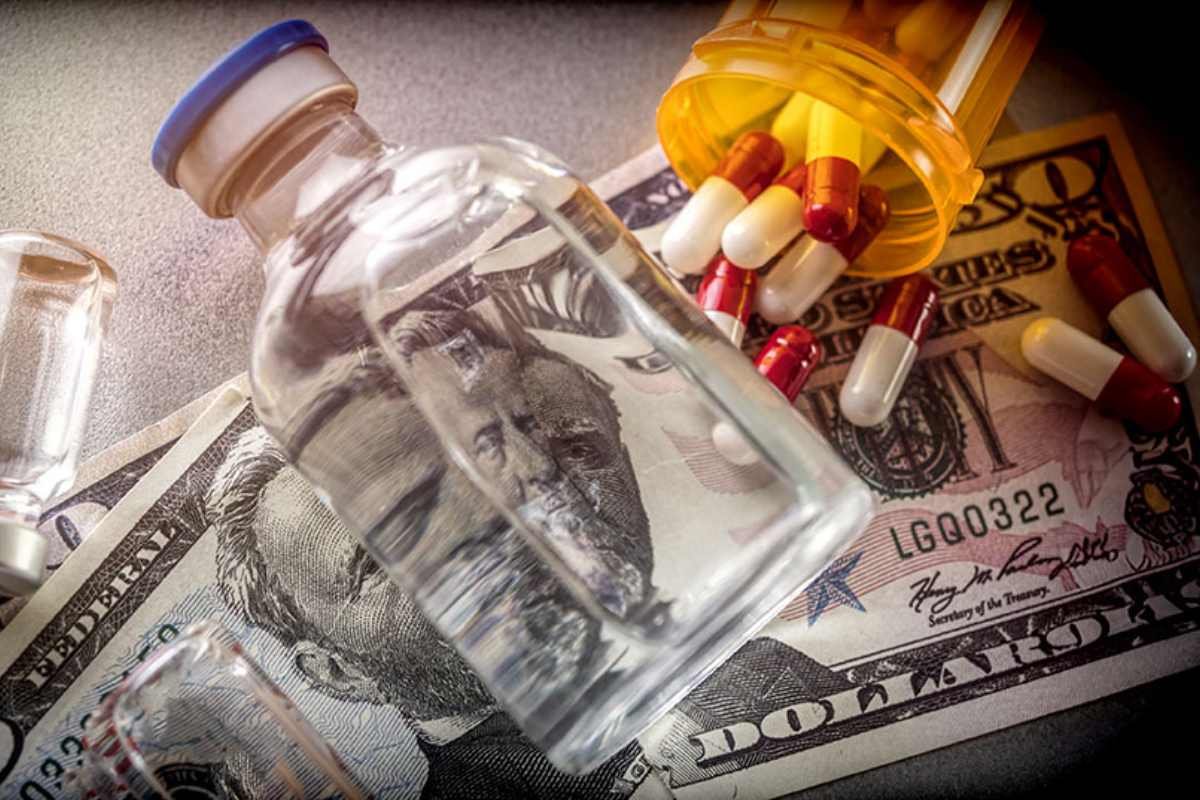Health officials are monitoring a novel coronavirus variant, known as HV.1, that has overthrown its predecessors and emerged as the dominant strain in the United States just in time for respiratory virus season. According to the most recent data from the Centres for Disease Control and Prevention, this variant accounts for roughly 25% of coronavirus infections in the nation. Eris, commonly known as EG.5, is just behind it and accounts for roughly 22% of COVID cases.
This is everything we now know about HV.1, along with how well doctors anticipate that our therapies and vaccinations will prevent it.
Within the omicron family is HV.1.
HV.1 is a descendent of the omicron variety, which has been dominant in the United States since late 2021, just as EG.5. According to Matthew Binnicker, director of clinical virology at Mayo Clinic, some specialists are even referring to HV.1 and EG.5 as the great-grandchildren of omicron.
Although they are identical to the original omicron strain, they differ from it in a few ways, or have undergone changes. According to Binnicker, “most of those mutations are rendering the virus, including HV.1, to be able to spread from person to person more efficiently.”
Treatments and vaccines should continue to be effective.
Health experts anticipate that our vaccines and therapies will continue to be effective against serious infections brought on by the newly dominant variety notwithstanding this advantage. The rationale is because the new vaccinations target XBB.1.5, another omicron spin-off, which is sufficiently similar to HV.1.
According to laboratory research, “some of the more recent COVID variants can be neutralised by the immune response produced by the updated vaccines,” adds Binnicker.
This is encouraging news since it signals the beginning of the season when respiratory viruses, like COVID-19, spread more quickly. During a September news briefing, Duke Health infectious disease specialist Cameron Wolfe, M.D., stated that January and February in particular usually see a higher peak of COVID-19 cases. He remarked, “And I don’t see any reason that won’t be the case [again].”
The hospitalisation rates for COVID-19 are not changing at this time. Nevertheless, according to federal data, around 16,000 Americans are admitted to hospitals every week due to COVID-19, and during the week of October 7, the virus claimed the lives of over 1,200 Americans.
How to safeguard oneself against COVID-19 variations such as HV.1
Getting vaccinated is the best defence against ending up in the hospital with COVID, or worse, dying from the illness, according to Binnicker and other medical professionals. However, since the new vaccines were made available in mid-September, vaccination rates have been low. In a nationwide study conducted as of mid-October, 7% of Americans said they had received the vaccination.
Binnicker remarks, “And that’s just not high enough.” “More people need to get vaccinated because COVID patients are ending up in hospitals and needing to be on ventilators.”
Compared to younger age groups, older persons had a higher likelihood of receiving the new vaccine. According to data from the nationwide survey released by the CDC, as of mid-October, 15.4% of persons aged 65 to 74 had received the new COVID vaccine; that percentage increases to 20.5 percent for adults aged 75 and above.
According to Binnicker, those who wish to reduce their risk of contracting COVID-19 can wear masks in congested public areas like grocery stores in addition to being up to date on their vaccinations. A well-fitting, premium mask can aid in preventing the illness from spreading. Moreover, always wash your hands. According to Binnicker, “that’s really important to help prevent spread as well.”
Feeling unwell? Put yourself to the test. If the test results are positive, you might be qualified for a prescription medication that might help prevent coronavirus problems; nevertheless, with these drugs, time is of the essence. When they are started during the first five days of the onset of symptoms, they function best.
Should your test yield a negative result, retry in a few days. It may take longer for the virus to develop to detectable levels in the respiratory system, according to Binnicker, because many people have developed immunity through vaccinations or prior infections.
Also Read: Social Gatherings and Staying Safe from COVID-19: 8 Questions to Ask Yourself







